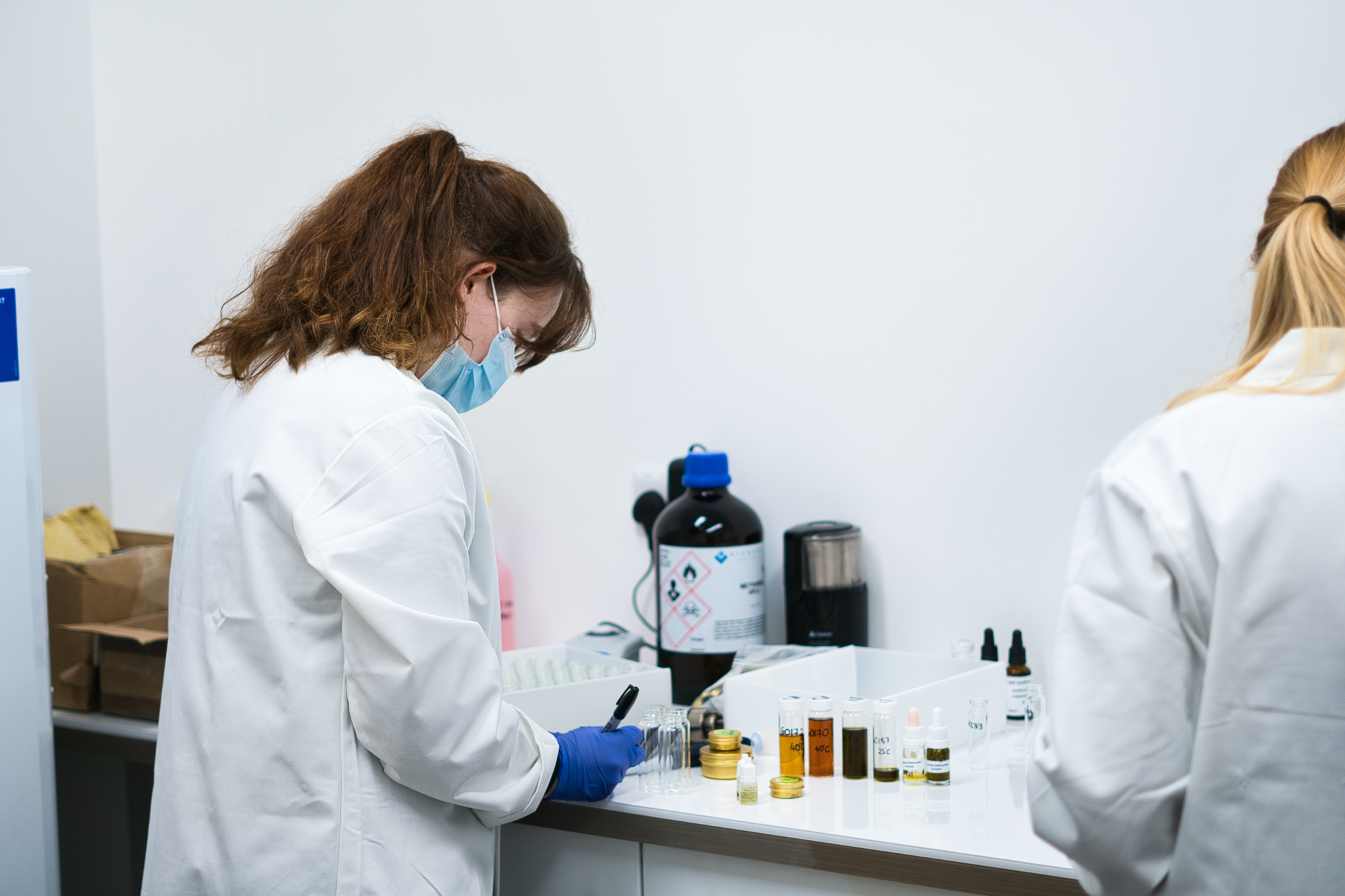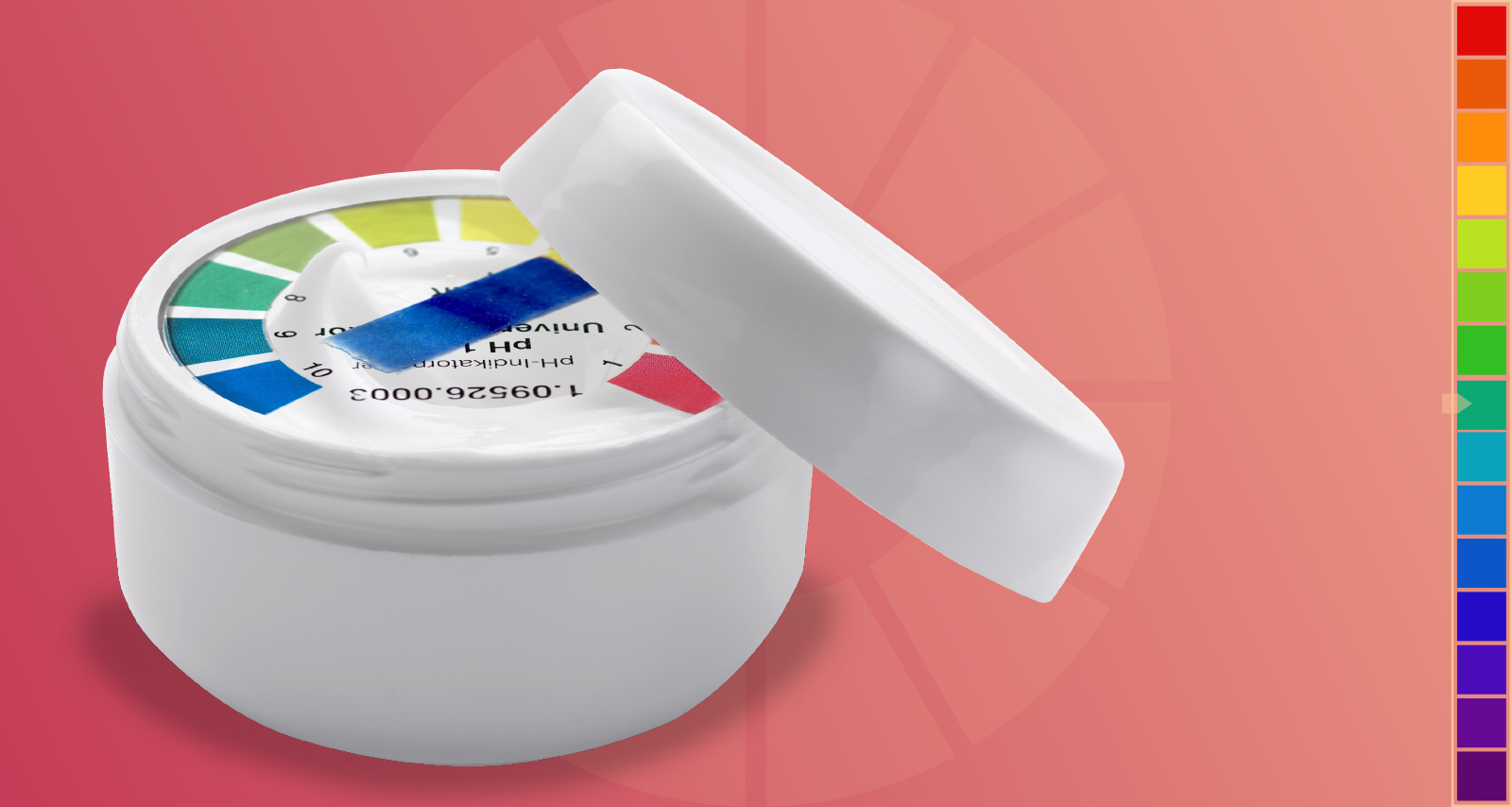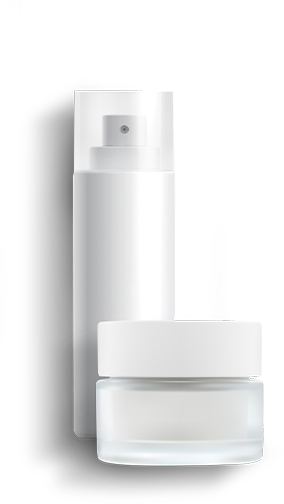In the realm of cosmetic product development, pH specification testing plays a vital role in crafting formulations that meet precise pH requirements. The pH level of a cosmetic product has a profound impact on its stability, effectiveness, and compatibility with the skin or hair. Here’s an exploration of how pH specification testing unfolds within the world of cosmetic creation.
The importance of BS EN 1500 in the context of hygienic handrubs and other cosmetic products lies in its role in ensuring the effectiveness of these products in killing or reducing the growth of harmful microorganisms on the skin. Here are some key points about why this standard is significant:
To begin, it’s imperative to establish the pH specifications for the cosmetic product in question. These specifications are determined based on the product’s intended purpose and formulation necessities. Each cosmetic product may demand a unique pH range to be both efficient and safe for its intended use.
With specifications in hand, the next step is to assemble the necessary equipment and materials. A reliable and calibrated pH meter, tailored to the demands of cosmetic applications, is essential. Additionally, you’ll require samples of the cosmetic product at various stages of development, pH buffer solutions for calibration, and clean containers to hold your samples.
The pH meter must be calibrated meticulously using pH buffer solutions that encompass the anticipated pH range of your cosmetic product. Precise calibration is pivotal to ensure the accuracy of subsequent measurements.
The cosmetic product samples are then prepared for testing. These samples should faithfully represent the final formulation. If the product proves too dense or concentrated, it may be necessary to dilute it with distilled water to bring it within the measurement range of the pH meter.
Measurement of pH follows the sample preparation. The pH meter’s electrode is immersed into the cosmetic product sample, and one must patiently wait for the pH reading to stabilize, which typically occurs within seconds. The recorded pH value is a critical piece of information.
Now, it’s time to cross-reference the measured pH value with the specified pH range for the cosmetic product. The goal is to ensure that the pH aligns with the acceptable limits defined for the product.
In cases where the pH measurement falls outside the specified range, adjustments may be necessary. pH-adjusting agents, such as acids (like citric acid) or bases (such as sodium hydroxide), can be employed to bring the pH back within the desired range.
Meticulous documentation is crucial throughout this process. Detailed records of pH measurements, any adjustments made, and deviations from the specified pH range must be maintained for reference.
Following pH specification testing, it’s imperative to conduct stability testing on the product over time. This ensures that the pH remains within the specified range throughout the product’s shelf life, providing assurance of quality and safety.
Compliance with regulatory requirements is paramount, both in terms of pH specifications and labeling. Cosmetic products must adhere to stringent guidelines to ensure consumer safety and satisfaction.
To maintain consistent quality, rigorous quality control procedures should be implemented to monitor and manage the pH of batches during production.
Finally, before a cosmetic product reaches consumers, a final round of pH specification testing should be conducted on the packaged product to confirm that it aligns with the specified pH range.
pH specification testing is an indispensable part of the journey in developing cosmetics. It guarantees the quality, safety, and efficacy of products, preventing issues like skin irritation, instability, or ineffectiveness caused by deviations from the desired pH range. Compliance with regulatory standards ensures that these products are safe and trustworthy for consumers to enjoy.
Take the next steps
If you would like to know more about the services ADSL provides or speak to a member of our Formulation and Development Testing department please call +44 (0) 1803 520 048 or book a free video consultation with us using the Get Started link below.






